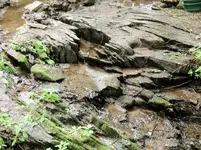stilllookin
Jr. Member
- #1
Thread Owner
Sam Burgin said:The finest sluice known to man for capturing fine gold is the Popandson sluice. The end. Period.
It captures 97% of everything down to 150 mesh. The most researched sluice on the planet.
All you need is a slope of an inch or so per foot, moderate water flow, and classify down to 2 mesh, 4 mesh is better.
Sam

